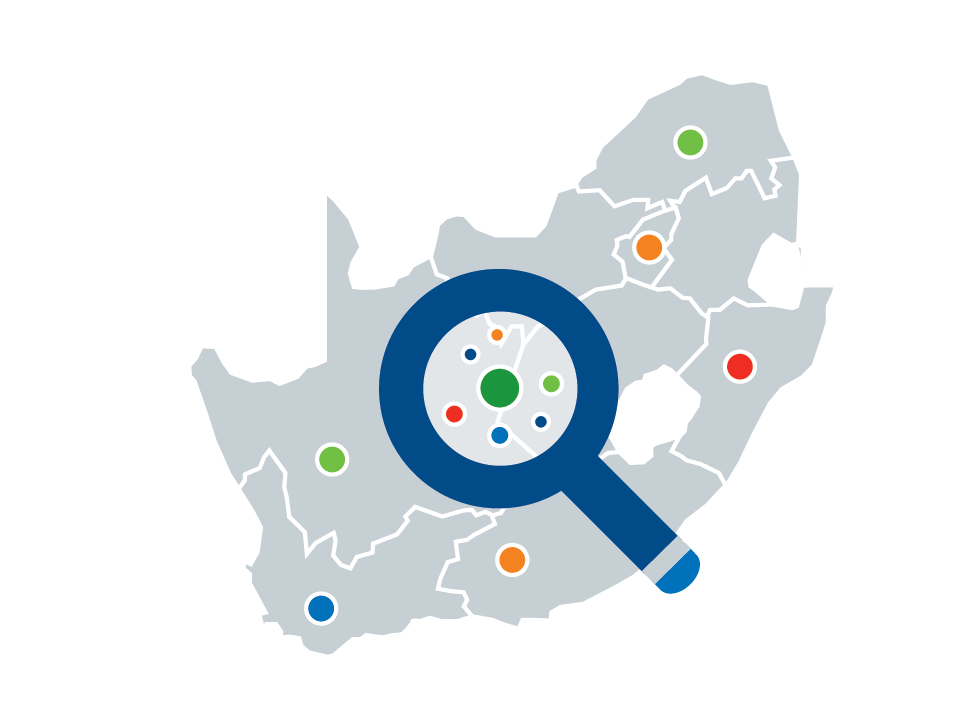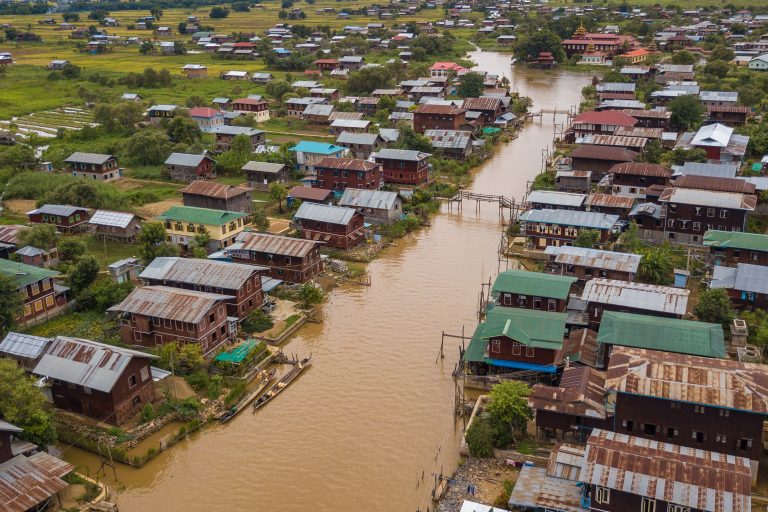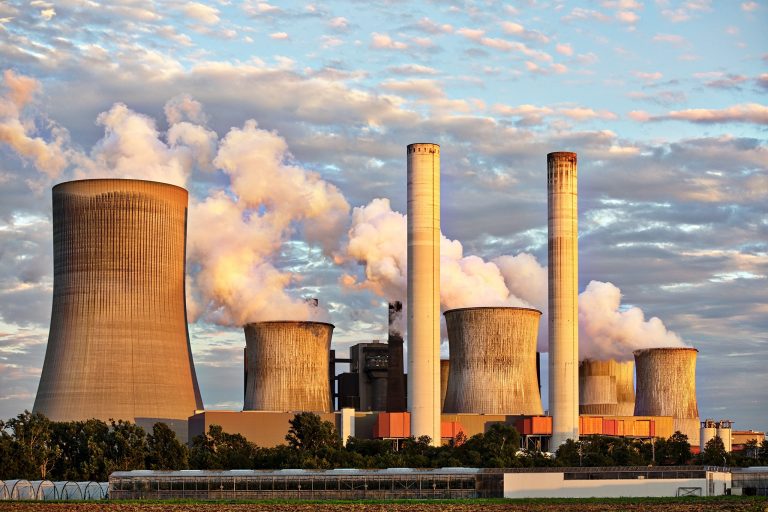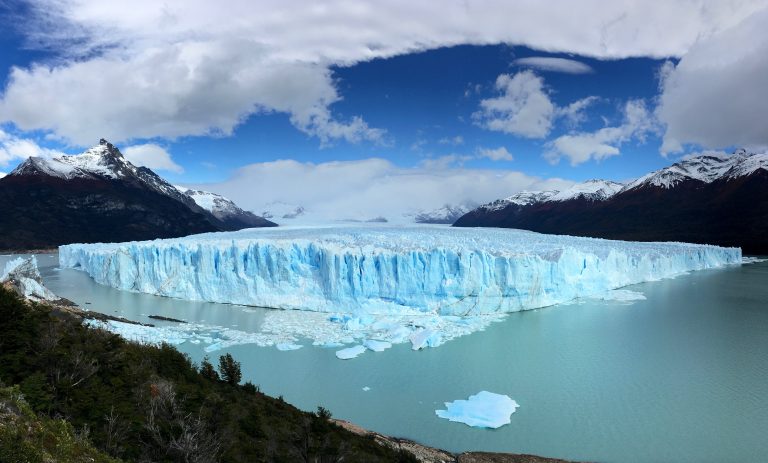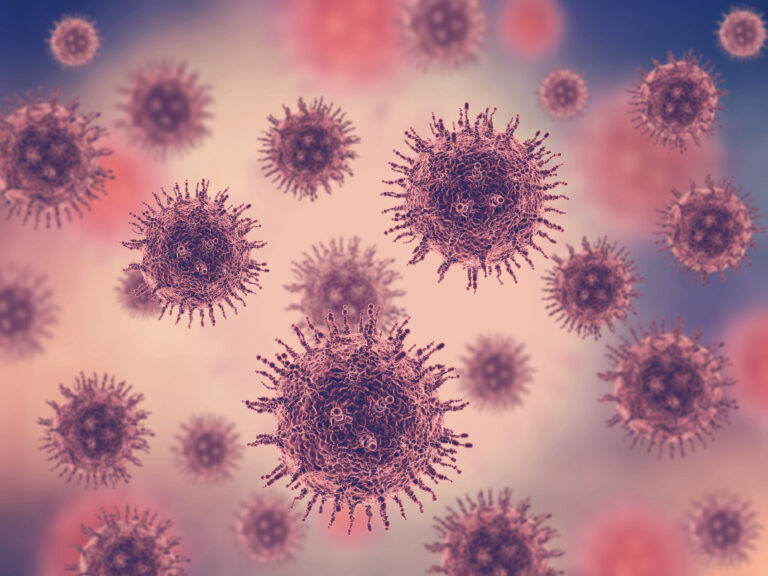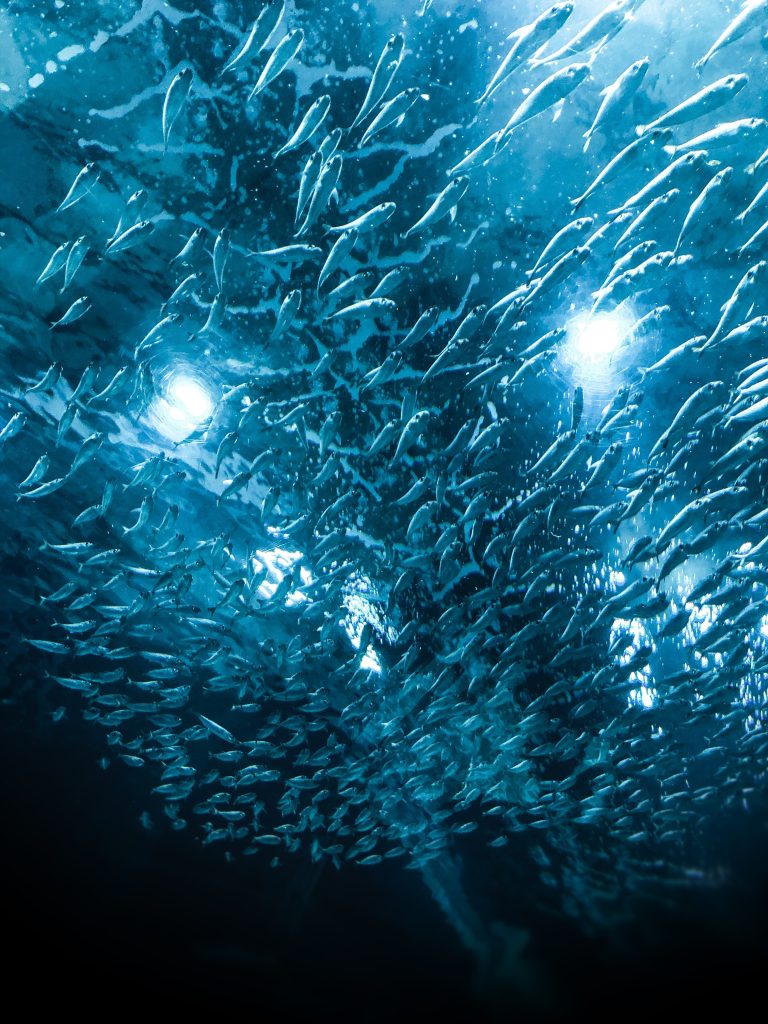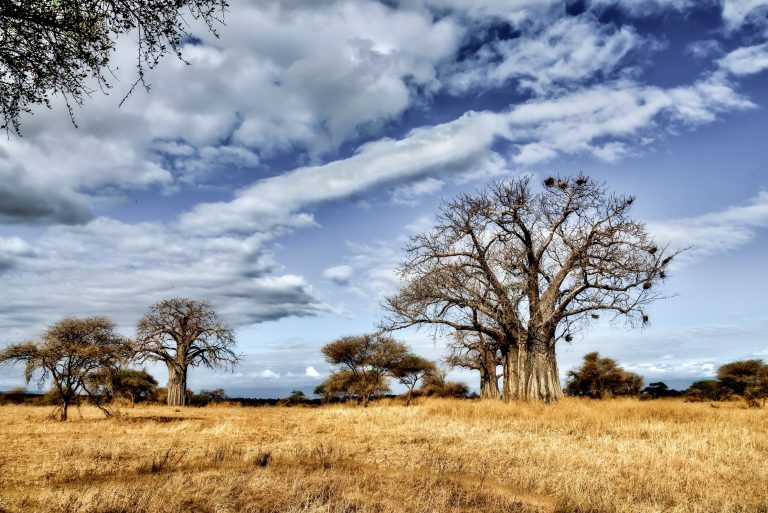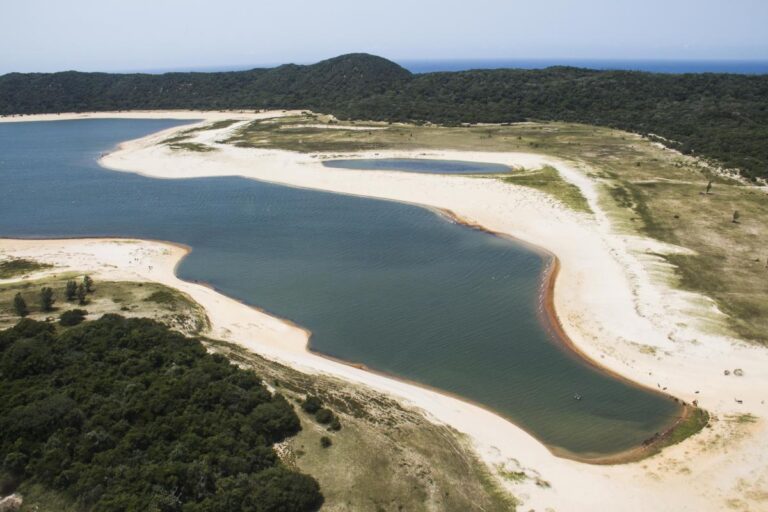
Lake Sibaya is South Africa’s largest freshwater lake, known for its high levels of biodiversity and endemic species, making it a landscape of national and international importance. However, the lake has declined over the past 20 years due to a combination of below-average rainfall and forestry expansion, leading to conflict over water resources between humans, livestock, and economic activities such as commercial forestry licensing. The decline of the water has also affected the ecosystem services Lake Sibaya provides in the catchment. This case study highlights how past land use and land cover changes have affected the water resources in the catchment.
